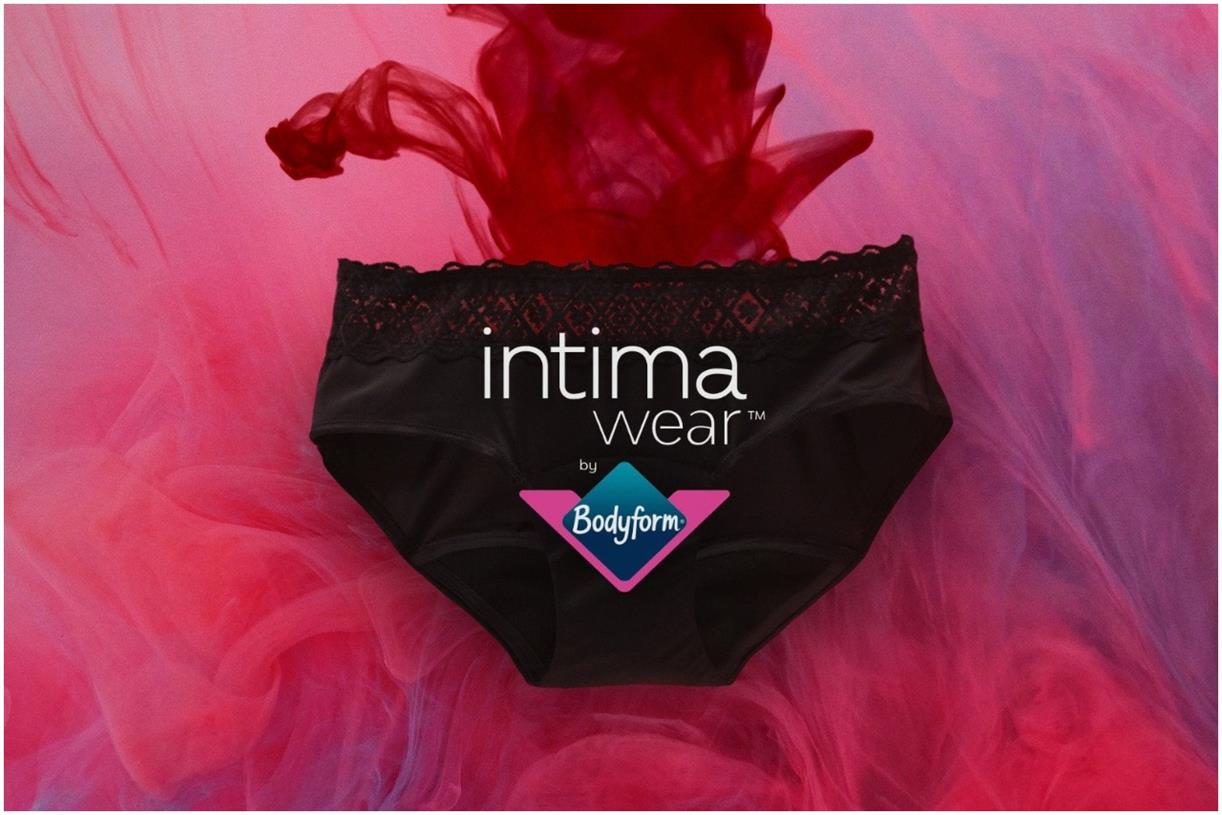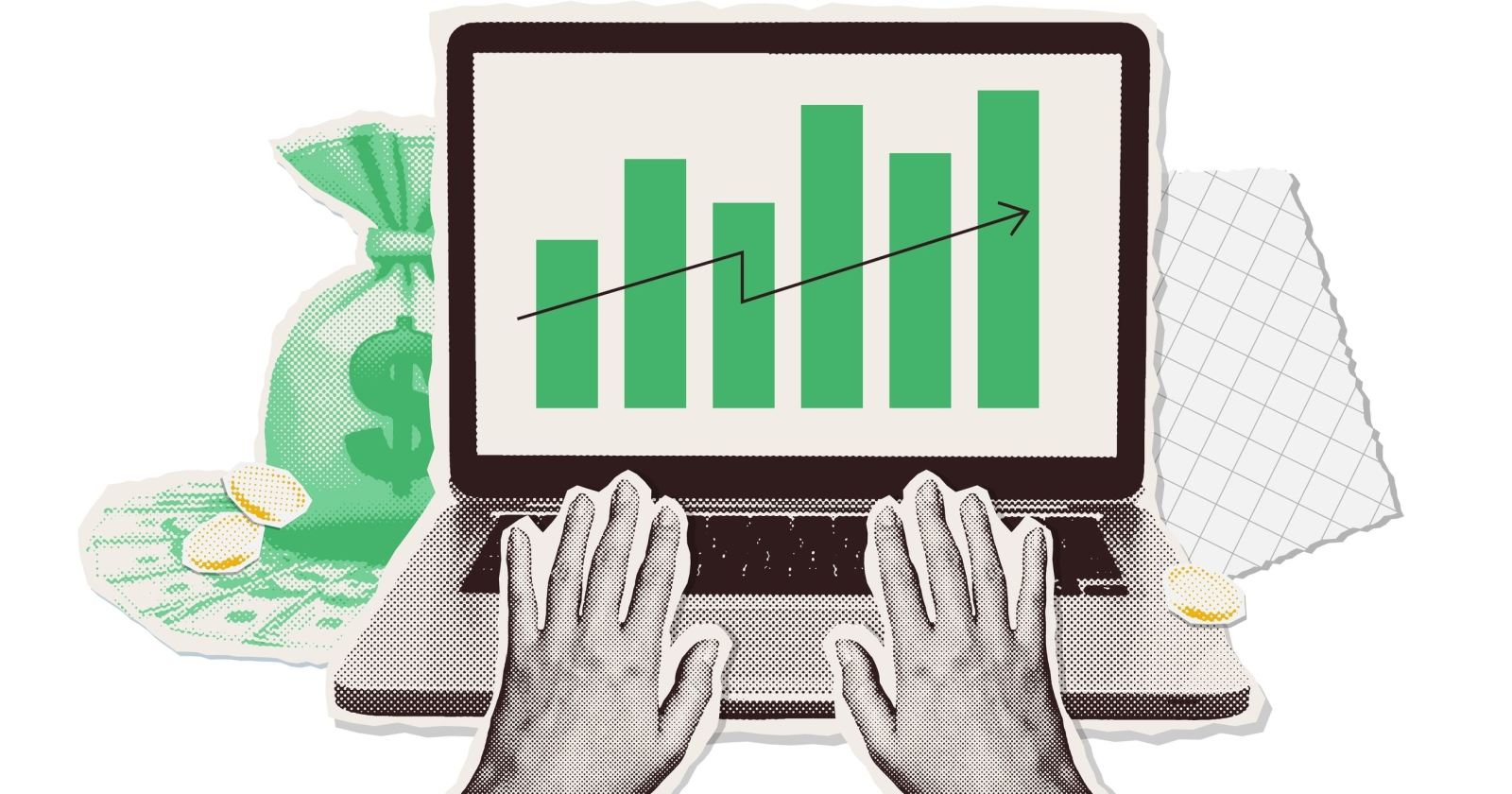Ripping into Referral Business: The Gift that Gives Back
More clicks, business and good words spread about your brand? A referral program can supercharge your marketing strategy.

Word-of-mouth and positive recommendations have been the cornerstone of brand marketing and awareness since before brands were even a thing. Back before the internet and online reviews, if you wanted work done on your house you’d ask friends, family and neighbors if they knew a good builder or craftsperson. They’d dig out a business card from a drawer and there you have it — positive recommendation marketing at its simplest.
Of course, now we do have the internet, and that’s allowed businesses to evolve beyond the standard word-of-mouth recommendation. Rather than hoping previous and existing customers will point acquaintances in your direction, you can actively encourage it with a referral program.
Not only is this a pretty standard practice for companies these days, it’s almost a necessity. Competition is fierce, with more and more players joining the game. So why not get your happy, loyal customers to do some of the outreach for you? It can really take the strain out of your promotion efforts.
The Ins and Outs of a Referral
Let’s start with establishing exactly what we mean when we talk about referral marketing.
Referral marketing is a means of promoting your products or services to new customers through advocacy by old or existing customers. The key point to referral marketing — sometimes called refer-a-friend marketing — is that it’s purposely designed to encourage, reward and track customer recommendations.
This is the distinct difference between word-of-mouth marketing and referral marketing. Word-of-mouth is inherently passive, relying on the perfect storm of circumstance and top-of-mind awareness to result in spontaneous referrals. Conversely, a referral program is a more deliberate and proactive strategy to encourage customers and brand advocates to directly refer their inner network to your business.
If the business card in a drawer is a simple example of word-of-mouth marketing, then a good example of referral marketing is the practice of offering rewards to customers who refer a friend that then becomes a new customer. If you’re a member or subscriber to almost any service, you’ve no doubt encountered these promotions. For instance, Stitchfix offers credit that can be used against purchases for any customer that successfully gets a new customer to sign up to their service. It’s basically like outsourcing customer recruitment to your current customers. And no, this is not a pyramid scheme!
What’s so Good About a Referral Program?
There are so many ways to market your business you’d think it would be a piece of cake. But as new types of media have proliferated, marketers are finding it increasingly difficult to reach the audience that matters to their brand. There are pros and cons to any type of marketing, but with a referral program you can fill some of the gaps left between other promotional mediums.
Reliable Recommendations
Consumers are inundated with marketing messages, many of which are completely irrelevant to them, and it’s made them desensitized to conventional marketing strategies. While targeted advertising has come in on leaps and bounds, it’s still not perfect and means businesses have to overcome a cacophony of noise from competing brands to be heard.
It’s no surprise that consumers’ trust in mainstream advertising has diminished. In fact, a 2021 study conducted by Nielsen showed that 88% of respondents consider recommendations from people they know to be the most trustworthy source for finding decent brands. With that in mind, a client referral program is a great way to encourage your happy and loyal customers to spread the word.
Encouraging Customer Loyalty
As we’ve said, the name of the game with a referral program is to encourage satisfied customers to recommend your products or services to their friends, family, acquaintances, neighbors, waiters — well, just about anyone, really. To get people to do that, they need to reap the benefits too. By offering an incentive, you not only gain new customers but also increase current customer loyalty. Discounts, vouchers and rewards for each successful referral are great ways to keep customers coming back — and bringing their buddies with them!
Free Publicity (Well, Almost)
The majority of marketing activities have a sizable cost attached to them. Whether it’s running email campaigns, creating digital assets, bidding for pay-per-click (PPC) ads or hiring professional SEO consultants, you’re likely to need to dedicate a significant amount of funds to your marketing projects.
While there are the costs of the initial set up and whatever incentives your referral program offers, these are comparatively small. Especially when you consider the quality of the leads it will generate. Unlike PPC, where you’re paying for every click regardless of whether they lead to a sale or enquiry, with referral marketing you only pay out for each successful referral.
Subscribe to
The Content Marketer
Get weekly insights, advice and opinions about all things digital marketing.
Thanks for subscribing! Keep an eye out for a Welcome email from us shortly. If you don’t see it come through, check your spam folder and mark the email as “not spam.”
Where to Start?
Think that a referral program could be right for you? Great! The next question is … where should you begin?
Every business is different, so there is no one-size-fits-all approach to referral marketing. You need to do things the right way for your brand. That said, there are some basic steps to keep in mind to make sure you set up a strong referral program that gets customers moving the right way through your sales funnel.
1. Set Your Goals
It’s important to be clear on your goals, define them and then continually remind yourself of them so you can plan your referral program accordingly.
What do you want to achieve with your referral program? Is it simply customer growth and increased revenue? Or is retention a big motivator for you too?
Some industries require more trust-building than others, so that might factor into your intended results too. Always come back to your goals to sense-check your decisions as you go through the subsequent steps.
2. Research Current Referrals
You’re likely already getting some business through referrals, even if it’s not part of a set program. Dig into the data to see what trends and demographics you can identify through analysis. Look at how they come in, how they’re dealt with and what they’re worth — customer lifetime value is pivotal to determining how much time and money you should spend on your referral program.
3. What’s the Right Referral Fit for You?
There’s two sides to this one: First, which of your current customers are going to be the most suitable to help find your target audience? Second, what kind of new customers do you want to attract through the referral process?
Take the time to talk to your current customer base to determine key attributes that would make them good advocates for your brand. Listen to them to learn about the aspects of your products and services they like and, most importantly, why. After all, these customers are similar to the ones you’ll be targeting in your referral program, so they’re a readily accessible direct line to understanding the market you want to reach.
Understanding your current loyal customer will give you the best insight into several things:
What will motivate them to refer others to your business (i.e., what your referral incentives should be).What aspects of your business are most appealing to prospective customers through the referral program — this can guide the marketing collateral that a referred customer receives.Which platforms are most effective for your referral marketing. If the predominance of your existing customer base prefers Facebook over Instagram, you know where to target your referral promotions.Which incentives are most effective. Depending on the nature of your products or services, it could be that customers prefer discounts over freebies, or exclusive events and offers rather than redeemable credit. (You can even appeal to a customer’s philanthropic side with charitable donations, like those generous folk at a little marketing agency called Brafton.) Remember that your advocates and referees should both receive engaging incentives, but they don’t necessarily have to be the same.4. Create Your Resources for Outreach
There are loads of ways to promote your referral program and capture your customers’ attention. Consider using multiple avenues of promotion to keep the offer top-of-mind with a variety of communications. Here are just a few examples of ways your can remind customers of your referral program:
Newsletters.Blogs.CTAs.Email signatures.Product updates.Banners and pop-ups on your website (or app, if you have one).Essentially, if you approach it strategically, you can incorporate customer referral prompts into most of your digital marketing content. The key is to be creative and remain open to spotting opportunities wherever they may be.
5. Track Your Program
To quantifiably and qualitatively determine the success of your referral program, you’ll want to track its progress. There are a few key indicators to keep a log of so you can see how well it’s going and plan for future improvements and expansions:
Who was referred?Who referred them?When were they referred?Did they convert?How are you going to nurture and follow up with them?Improving Your Referral Program Along the Way
As we said earlier, there’s no one-size-fits-all, perfect customer referral program. The most effective program for your business will be uniquely designed to fit your customer needs and preferences. It’s important to keep in mind that it’s likely to take some time for you to achieve this.
Like with so many aspects of modern marketing, customer referral programs should be treated as organic, evolving entities that need to change with the times and reflect your customers’ desires while suitably representing your brand.
Regularly testing and reviewing your referral program will allow you to get a good idea of what’s working and what needs improving. Seek feedback from your most loyal customers with surveys, so you can gain a better understanding of what changes they would like to see, as well as highlighting the positives — you don’t want to inadvertently remove something that’s actually working well.
Referral programs are simply good for business. They get you quality leads with pretty minimal effort and expense, plus they boost customer loyalty. So what are you waiting for? Get your customer referral program up and running today.

 JimMin
JimMin 
































